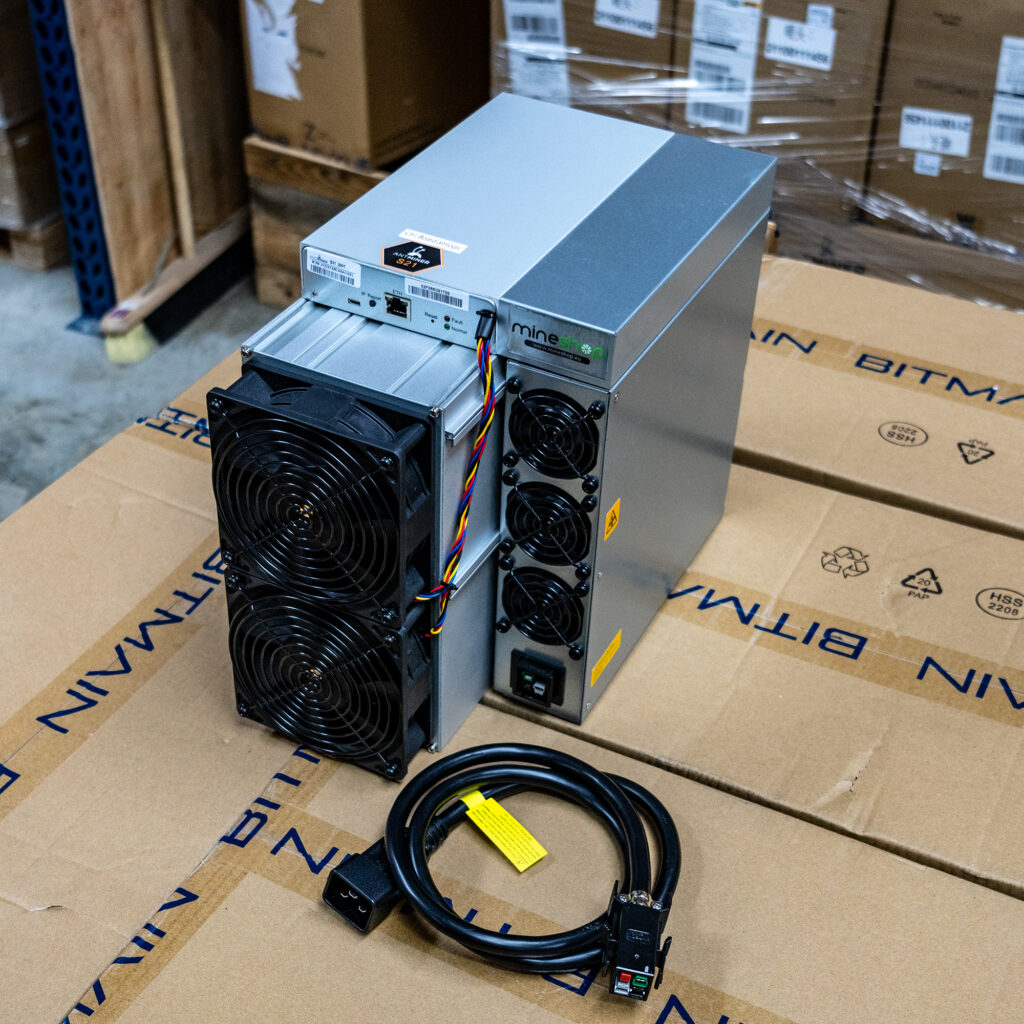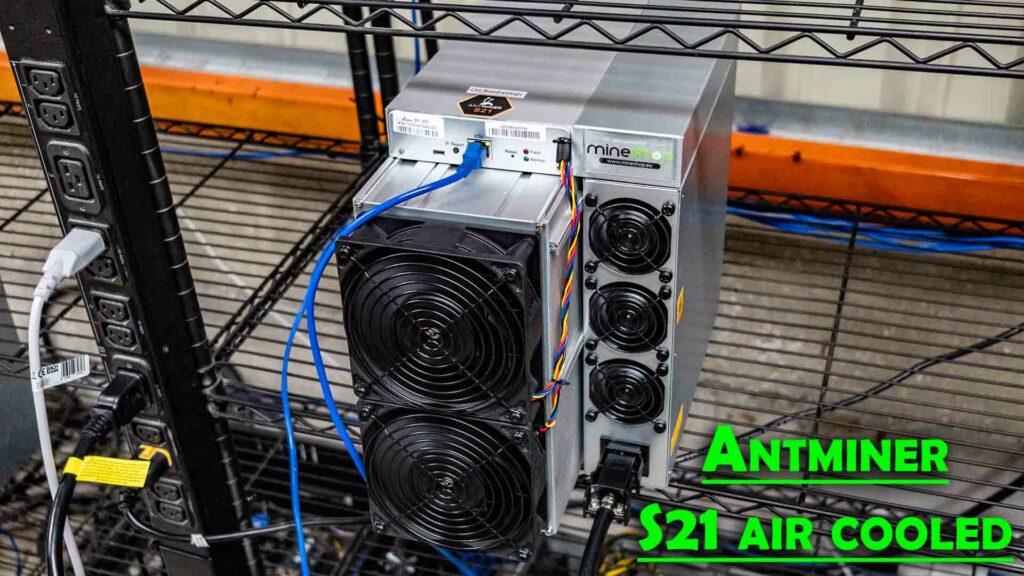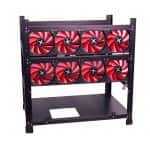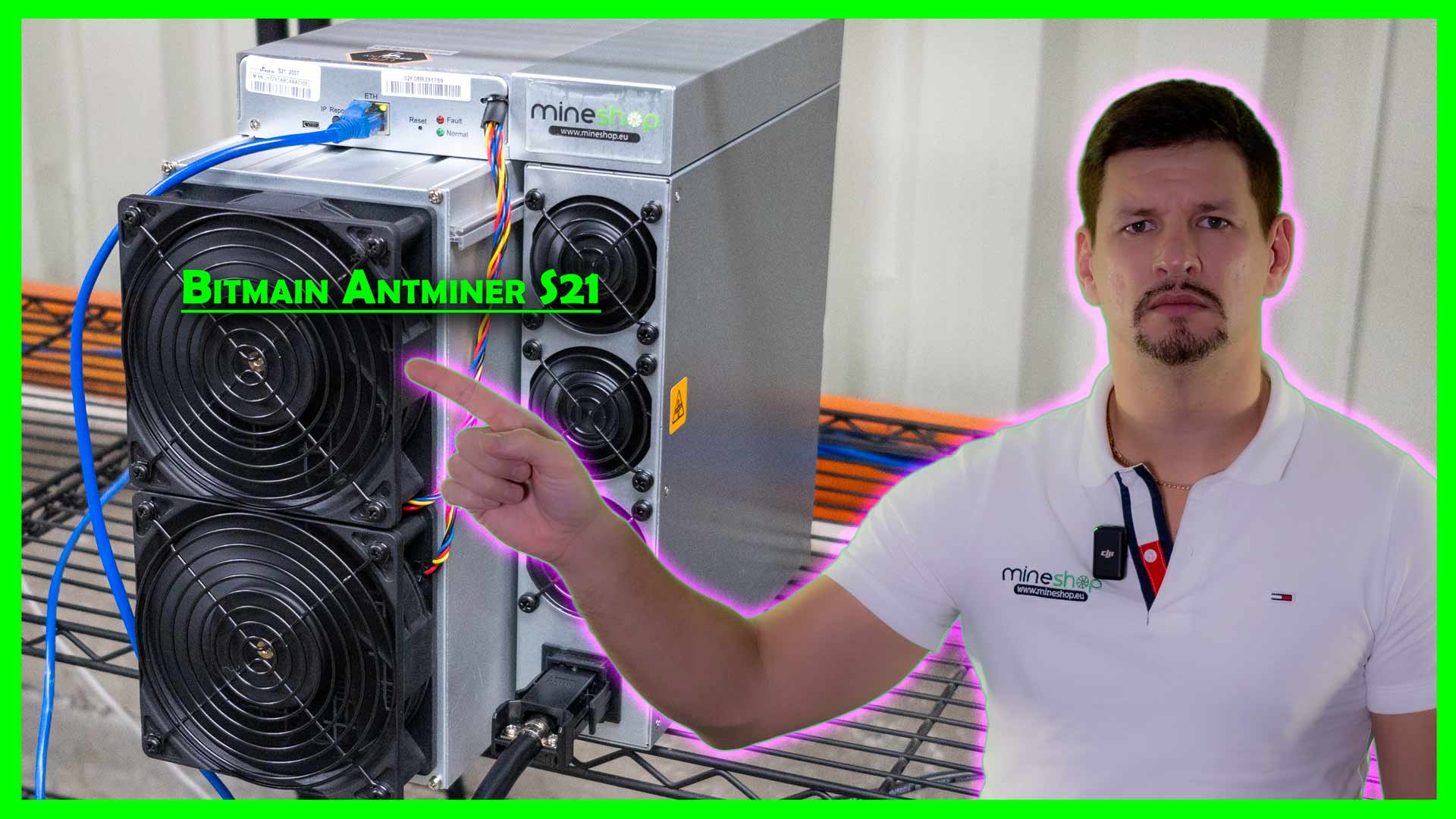In September 2023, Bitmain launched the Antminer S21, a device promising unparalleled efficiency in the world of cryptocurrency mining. As an attendee at the grand Hong Kong launch, I was among the first to witness this new era of mining technology, boasting 200 TH/s at a groundbreaking 17.5 J/TH efficiency for its air-cooled variant.

Over the past month, my warehouse became a testing ground for the S21. Despite Bitmain’s claims, achieving the advertised performance proved elusive. The best I managed was slightly better efficiency at reduced hash rates, a testament to the device’s potential under optimal conditions, yet a deviation from its lofty promises.
Profitability is the heart of mining, and here, the S21 shows promise. It generates significant income, though it’s a delicate balance with electricity costs. Its performance, while not always hitting the advertised marks, still positions it as a contender in a field where efficiency is gold.
Curently it generates 500$ a month of yield. https://hashrate.no/asics/s21
However, the true test of any miner is its long-term viability. With the S21, it’s a blend of advanced technology and practical challenges, like the need for specialized power setups and the looming shadow of fan reliability issues.

As the crypto landscape evolves, so too does mining. The Antminer S21 embodies this progression, a beacon for some, a caution for others. For more insights and a deeper dive into my S21 experience, join the conversation below.
In exploring alternatives to the Antminer S21, consider the Whatsminer M60s for its quality and efficiency, particularly if you’re looking to optimize for certain conditions or preferences. Additionally, older models like the Antminer S19K Pro offer a balance of efficiency and cost, potentially providing a faster return on investment depending on your electricity rates. Each miner has its strengths, and the best choice depends on your specific mining goals and operational context.



